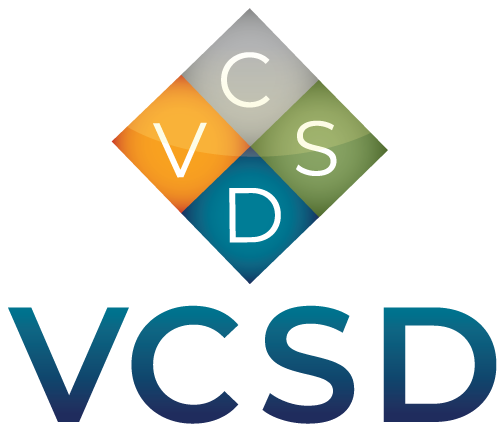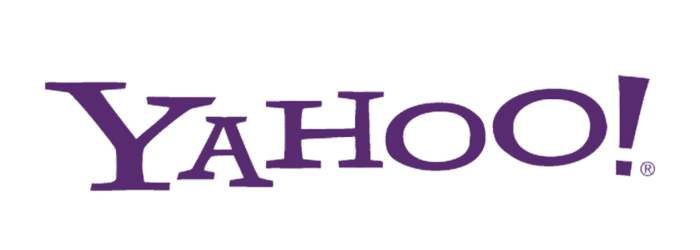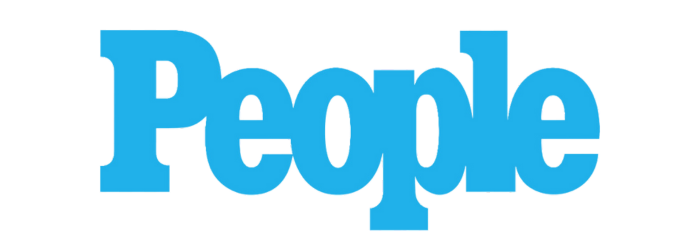Choosing the right backend language is pivotal in building efficient, scalable, and robust web applications. This extended analysis not only includes detailed features of each language but also expands on their advantages, providing a comprehensive understanding of what each language brings to the table.
1. Python
Python is a highly readable, interpreted language, known for its simplicity and elegant syntax. It supports multiple programming paradigms, including object-oriented, imperative, and functional programming.
Advantages:
- Ease of use. The syntax is intuitive and easy to learn, making it ideal for beginners.
- Versatility. Python is used in web development, data science, artificial intelligence, and more.
- Rich libraries and frameworks. Offers powerful frameworks like Django and Flask for web development.
- Large community. A robust and active community ensures great support and continuous development.
- Rapid development. Streamlined syntax and third-party modules facilitate rapid development.
Disadvantages:
- Performance. Being an interpreted language, it’s generally slower than compiled languages.
- Threading limitations. The Global Interpreter Lock (GIL) can be a bottleneck in multi-threaded applications.
2. JavaScript (Node.js)

JavaScript, particularly with the Node.js runtime, allows server-side scripting, and is known for its event-driven, non-blocking I/O model, making it highly scalable and efficient for real-time applications.
Advantages:
- Unified development stack. JavaScript can be used both on the client and server side, simplifying development.
- High performance. Especially effective for handling asynchronous operations and I/O-heavy tasks.
- NPM ecosystem. Access to a vast array of libraries and tools through the npm registry.
- Community support. Benefits from a large, active community of developers.
- Real-time capabilities. Ideal for applications that require real-time data processing, like chat applications or live streaming services.
Disadvantages:
- Callback hell. Managing complex asynchronous code can be challenging.
- Performance. Not as efficient for CPU-intensive operations.
3. Ruby (Ruby on Rails)
Ruby, especially when used with the Ruby on Rails framework, is known for its elegant syntax and is favored for rapid application development. It follows the principles of “convention over configuration” and “don’t repeat yourself” (DRY).
Advantages:
- Developer productivity. Ruby on Rails framework accelerates application development with its many built-in features.
- Elegant syntax. Ruby’s syntax is clean and readable.
- Strong testing ecosystem. Emphasizes good testing practices with tools like RSpec.
- Rich libraries (gems). A vast collection of gems simplifies adding functionalities.
- Convention over configuration. Reduces the amount of decision-making and boilerplate code for developers.
Disadvantages:
- Performance. Generally slower than languages like Java or C#.
- Tapering community. While still active, the community isn’t growing as rapidly as others.
4. Java
A class-based, object-oriented programming language, Java is designed to be portable across platforms. It’s known for its stability, scalability, and robust security features, making it a favorite for enterprise-level applications.
Advantages:
- Cross-platform compatibility. “Write once, run anywhere” capability.
- Performance and scalability. Suitable for large-scale applications.
- Strong ecosystem. Vast collection of libraries, frameworks, and tools.
- Robust security features. Integral for enterprise applications.
- Memory management. Automatic memory management with garbage collection.
Disadvantages:
- Verbose syntax. Can be cumbersome compared to more modern languages.
- Slower development process. Due to its verbosity and complexity.
5. PHP

PHP is a server-side scripting language particularly suited for web development. It is embedded in HTML and known for its simplicity, extensive use in content management systems, and wide compatibility with various databases.
Advantages:
- Ease of use. Simple to learn and use, making it accessible for beginners.
- Widespread support. Extensively used with a large number of frameworks and CMS platforms.
- Cost-effective hosting. Widely supported by most hosting services.
- Large community. Strong support through a vast community.
- Flexibility. Seamless integration with various database systems.
Disadvantages:
- Performance. Not as efficient as other languages for complex applications.
- Inconsistent design. Some aspects of the language are criticized for lacking consistency.
6. C#
C# is a modern, object-oriented, and type-safe programming language developed by Microsoft. It is particularly known for its integration with the .NET framework, making it a strong choice for building robust web applications and services.
Advantages:
- Strong integration with .NET. Access to a powerful and comprehensive framework for building various types of applications.
- Language features. Includes advanced features like LINQ, async/await, and more.
- Type safety. Minimizes type-related errors at compile time, enhancing code reliability.
- Great tooling. Benefits from world-class IDEs like Visual Studio.
- Cross-platform development. With .NET Core, C# can be used to develop applications across platforms.
Disadvantages:
- Complexity. Can be overwhelming for beginners due to its rich feature set.
- Heavier language. Generally requires more resources than languages like Python or JavaScript.
7. Go (Golang)
Developed by Google, Go is a statically typed, compiled language known for its simplicity, efficiency, and excellent support for concurrency. It is increasingly popular for cloud-native development, microservices, and high-performance computing tasks.
Advantages:
- Simplicity and readability. A clean syntax that’s easy to learn and maintain.
- Efficient concurrency model. Goroutines and channels make concurrency much more manageable.
- Fast compilation. Offers quick compilation times even for large projects.
- Standard library. A comprehensive and well-designed standard library.
- Performance. Combines the efficiency of compiled languages with the ease of use of interpreted languages.
Disadvantages:
- Lack of generics. (though this is being addressed in recent updates).
- Younger ecosystem. The library ecosystem is not as mature as languages like Java or Python.
8. Kotlin

Kotlin is a modern programming language that runs on the Java Virtual Machine (JVM) and is fully interoperable with Java. It’s increasingly popular for Android app development and server-side applications due to its concise and expressive syntax.
Advantages:
- Java interoperability. Seamless integration with existing Java code and libraries.
- Concise code. Reduces boilerplate, making code more readable and maintainable.
- Null safety. Designed to eliminate the null pointer exceptions from the code.
- Coroutines support. Efficient handling of asynchronous programming.
- Growing popularity. Particularly in the Android developer community.
Disadvantages:
- Smaller community. Though growing, it’s smaller compared to Java’s ecosystem.
- Learning curve. For developers transitioning from Java, there’s a learning curve to adopt Kotlin’s idioms and features.
9. Swift
Swift is a powerful and intuitive programming language created by Apple for iOS, macOS, watchOS, tvOS, and beyond. It’s designed to be fast, modern, and safe, and it encourages interactive and enjoyable coding.
Advantages:
- Performance. Swift is known for its high performance, often outperforming C-based languages.
- Safety. Emphasizes safe programming patterns and reduces the chances of bugs.
- Modern syntax. Clean and expressive, making it easy to read and write.
- Rapid development. Offers features like closures and generics, which speed up the development process.
- Apple ecosystem. Ideal for developing applications within the Apple ecosystem.
Disadvantages:
- Platform limitation. Primarily used for Apple’s platforms, limiting its cross-platform applicability.
- Younger language. While maturing quickly, it’s relatively new compared to languages like Java or C#.
10. Rust
Rust is a multi-paradigm system programming language focused on safety and performance. It is known for its features to enable memory-safe, concurrent programming.
Advantages:
- Memory safety. Designed to be memory safe without garbage collection.
- Performance. Offers performance comparable to C and C++.
- Concurrency. Safe handling of concurrent programming patterns.
- Growing ecosystem. Though young, its ecosystem is rapidly growing.
- Tooling. Excellent compilation and tooling support with Cargo and Rustup.
Disadvantages:
- Steep learning curve. Can be challenging to learn, especially for those not familiar with systems programming.
- Longer compile times. Compilation can be slower compared to other languages.
Evrone.com offers specialized backend development services, utilizing these diverse languages to create tailored solutions. Their expertise lies in understanding project requirements and choosing the most suitable language and technology stack, ensuring high-quality, scalable, and efficient web applications.
Conclusion

Each of these languages has its niche where it excels, and the choice often depends on the specific needs of the project, the team’s familiarity with the language, and the project’s long-term maintenance and scalability requirements.




















